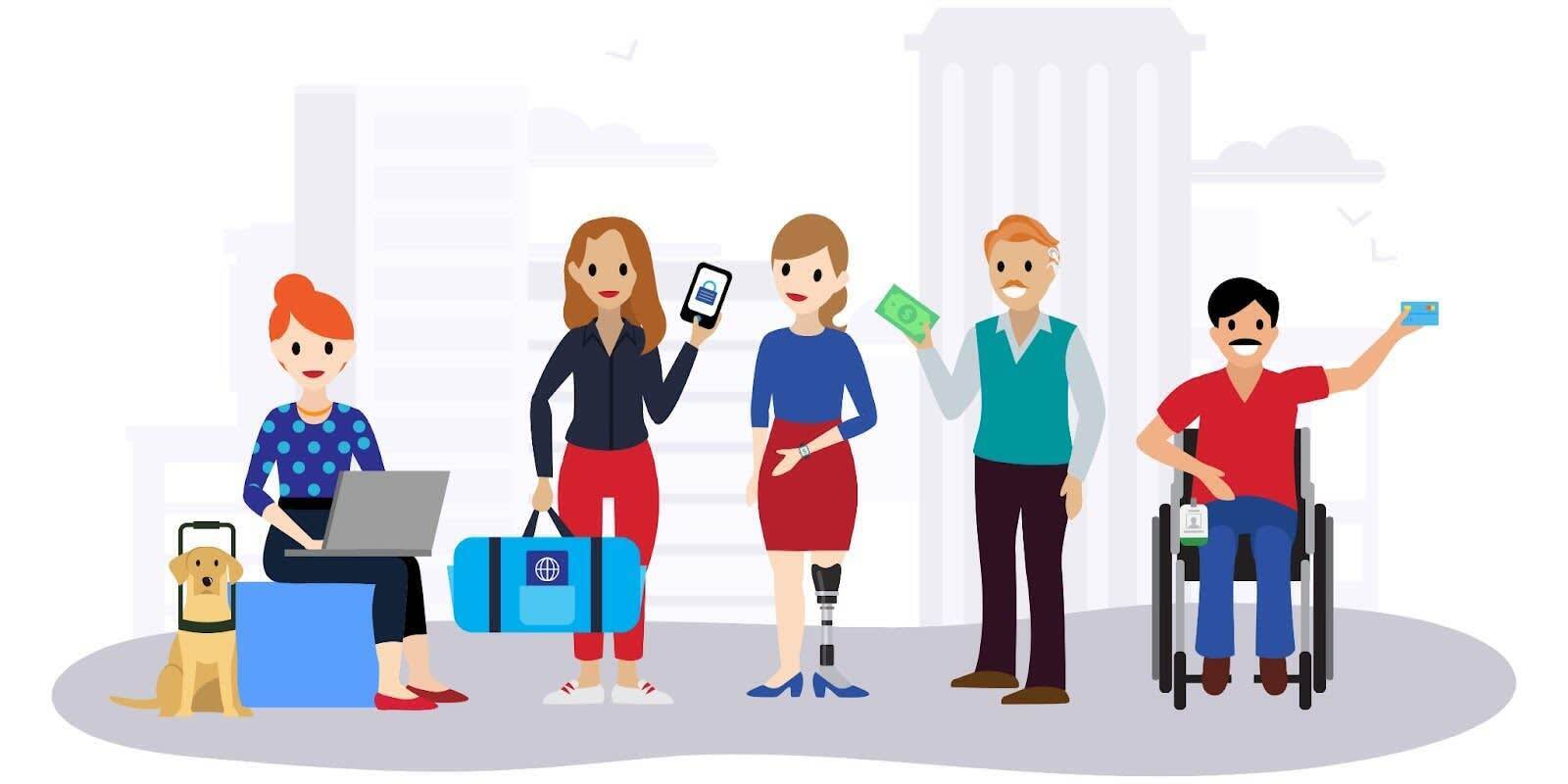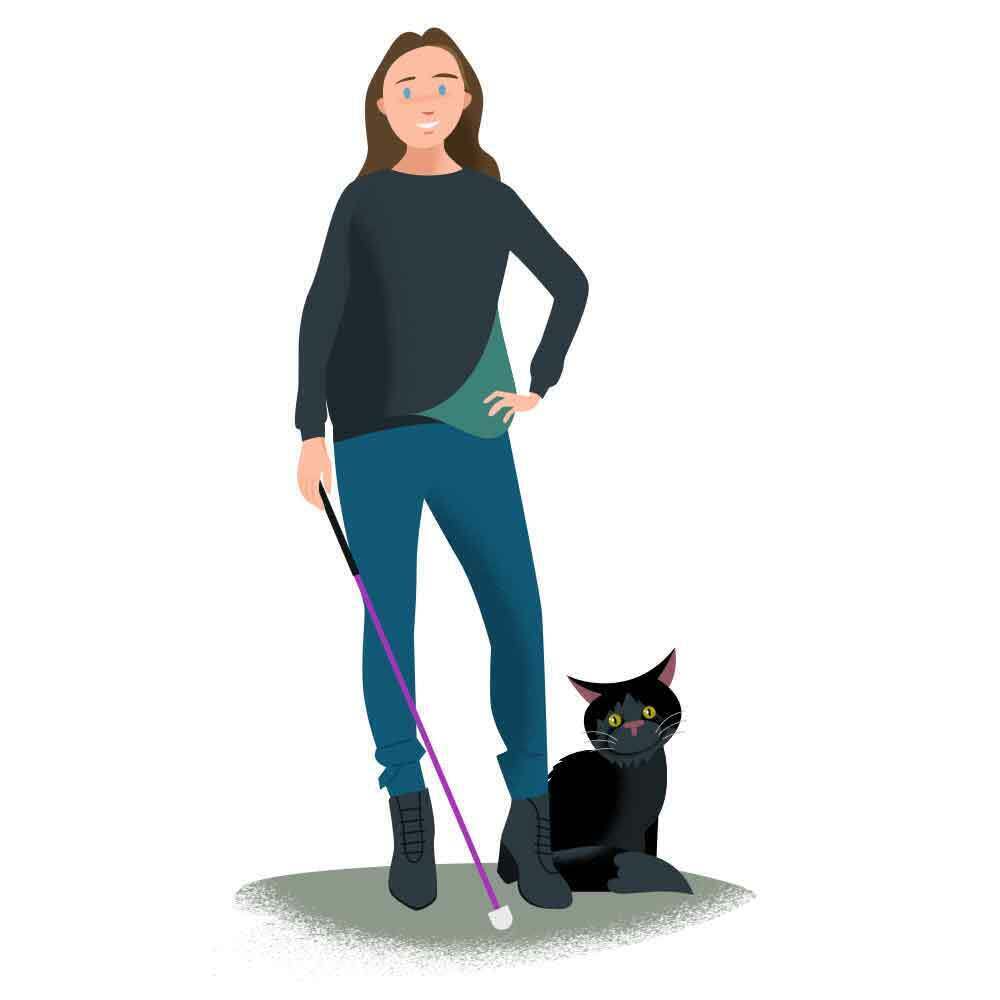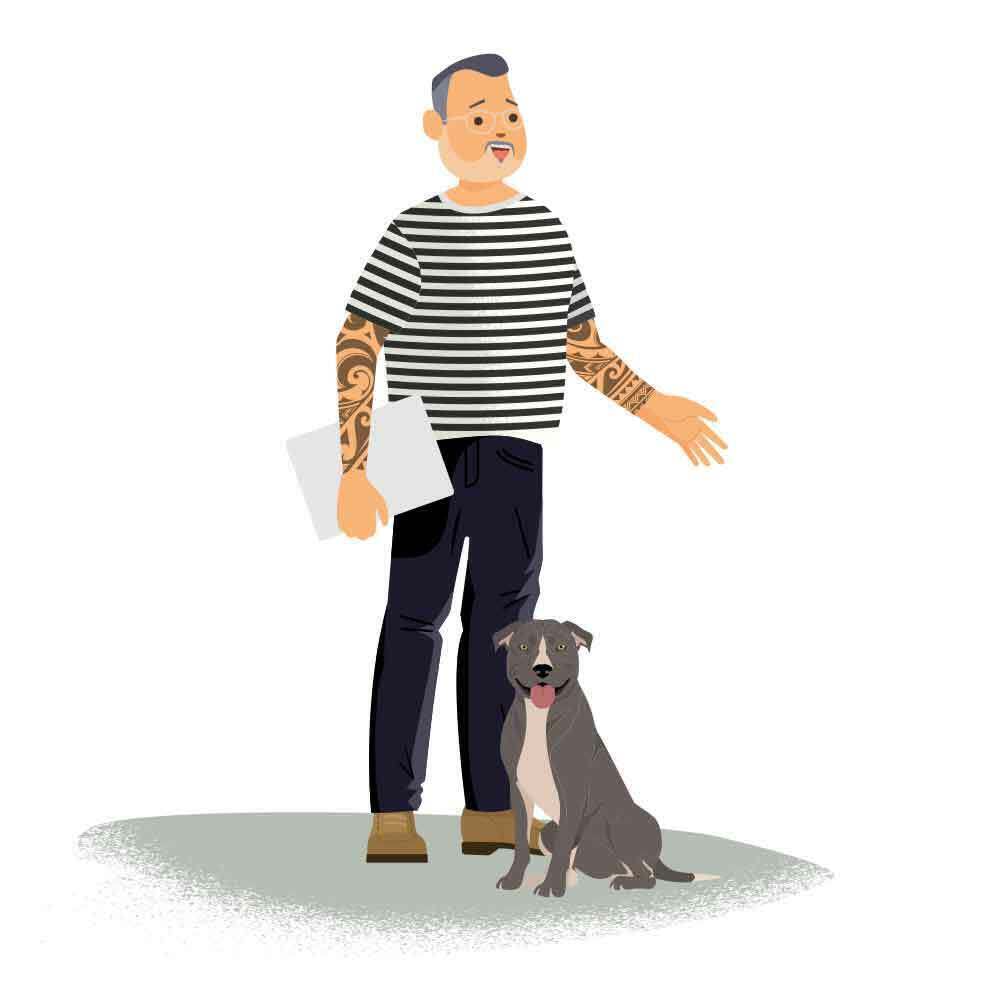Build Brand Loyalty with Accessible Content
Learning Objectives
After completing this unit, you’ll be able to:
- Identify the size and buying power of the disability community.
- Explain how accessibility promotes brand loyalty.
Grow Your Audience
As a communicator you need to keep several goals in mind as you work. First, identify the target market for your communications. And then design your message to effectively reach as much of that target market as possible.
So how might you be missing the mark if you fail to accommodate, and thereby exclude, a large portion of your audience, whether through faulty design or bad messaging?
A 2020 report by the Return on Disability Group estimates the global size of the disability market at 1.85 billion. That’s larger than the population of China! This market directly controls more than $13 trillion in disposable income.
When focusing specifically on the American market, The American Institutes for Research found that working-age people with disabilities controlled $21 billion in discretionary income, making this market segment larger than some entire market segments.

It’s estimated that 20% of all men and 25% of all women are living with some form of disability. When you include their friends and family—who are more likely to create an emotional connection to brands that accommodate their loved ones—the size of the market increases to almost 73% of all people. So the majority of your audience is either directly impacted by, or has a loved one impacted by, disability. It’s clear you must design communication tools and experiences that not only accommodate them but show that you’re focused on them as a demographic.
There’s a lot of room for improvement in this area, as people living with a disability deem 75 to 80% of their customer experiences are failures.
Increase Engagement
So you’ve created content that can reach your target audience. Now it’s time to focus on the next goal, which is getting your audience to interact and engage with that content. Designing for all, and particularly with disability in mind can help all customers engage with your content more fully and in different contexts. Here are a few examples.
You include captions in your videos for the Deaf and hard of hearing community, but people in crowded locations like coffee shops or public transit can also use them to engage with your video with the sound down. Without captions, they had the ability to engage with your content, but they may have chosen not to due to their crowded settings. Captioned videos on Facebook have been found to increase viewing time by 12%, and users are 80% more likely to watch the video to completion if it’s captioned.
You design your website or purchasing process with thoughtful, simple navigation and color schemes with good contrast, which has a direct impact on your customers with cognitive disabilities and/or low vision. But a thoughtful navigation design also makes the site easier to use for everyone, leading to a simple, friction-free experience for all your users and, according to a recent Forrester Research study, can increase conversion by up to 400%.
You consistently use alt text to make your graphics accessible to screen readers and clients with visual disabilities, but this also helps search engines to better index your content and discern its relevance, leading to higher overall traffic levels.
You include transcripts and closed captions with your videos that can be indexed by search engine bots, which is also a great opportunity to boost your traffic.
Get Perspectives from Trailblazers
To give you first-hand accounts and insights regarding accessibility issues, this module features a couple of Trailblazers offering their perspectives. Meet Cala and Kurt!
Cala Campfield (She/Her) |
Kurt Iobst (He/Him) |
|---|---|
|
Technical Writer of Accessibility Content at Salesforce
Identifies as: Blind Top challenge in accessing digital content:
Operating controls on the web that don’t have keyboard-only functionality, or figuring out unlabeled controls that haven’t been given proper text labels. |
Senior Success Manager at Salesforce, President of Neurodiversity Abilityforce Identifies as: Autistic Top challenges in accessing digital content:
Flashing messages, high-contrast images, serif text, overlapping sounds, and videos without captioning. |
Champion Equality
You should be aiming not only for compliance with disability law, but also to champion equality by proactively designing experiences that are accessible for all.
This focus on accessibility and equality positions your company for future success.
Research shows that accessibility practices increase your customers’ emotional connection and loyalty to your brand. Consumers want to feel good about the organizations they work with, and a study by Adobe showed that 34% of Americans will sever ties with a brand that isn’t inclusive. In the UK, 75% of people with disabilities reported that they or their families had left a business due to poor accessibility awareness.
Trailblazer Cala explains and shares an example:
“Let’s consider this customer story. Say you are a blind customer, and one of your family members is sick. You find a company that offers curated gift boxes containing soup, mac and cheese, and other things someone might need to feel better as they recover. However, when you try to select the type of soup to send, the radio buttons aren’t properly coded and you can’t access the information about the soup flavors. This means you can’t make the purchase, and you have to leave the website to find another company to fulfill your need.”
Listen to what improperly coded radio buttons sound like to someone using a screen reader.
Website Design Screen Reader Demo Audio (online-audio-converter.com)
Structured Form Screen Reader Audio
Listen to Cala's' persona story.
Creating accessible experiences is not just the right thing to do, it also has a real impact on your bottom line. The business case for going above and beyond mere compliance with disability law is very clear.
Ready to go further? In the next unit, you learn practical strategies for writing more comprehensive, accessible text for your digital communications.
Resources
- External Website: Customer Service in Retail
- Trailhead: Disability Inclusive Hiring
- External Website: Why Accessibility Is Smart Business
- External Website: The Size of the Disability Market

